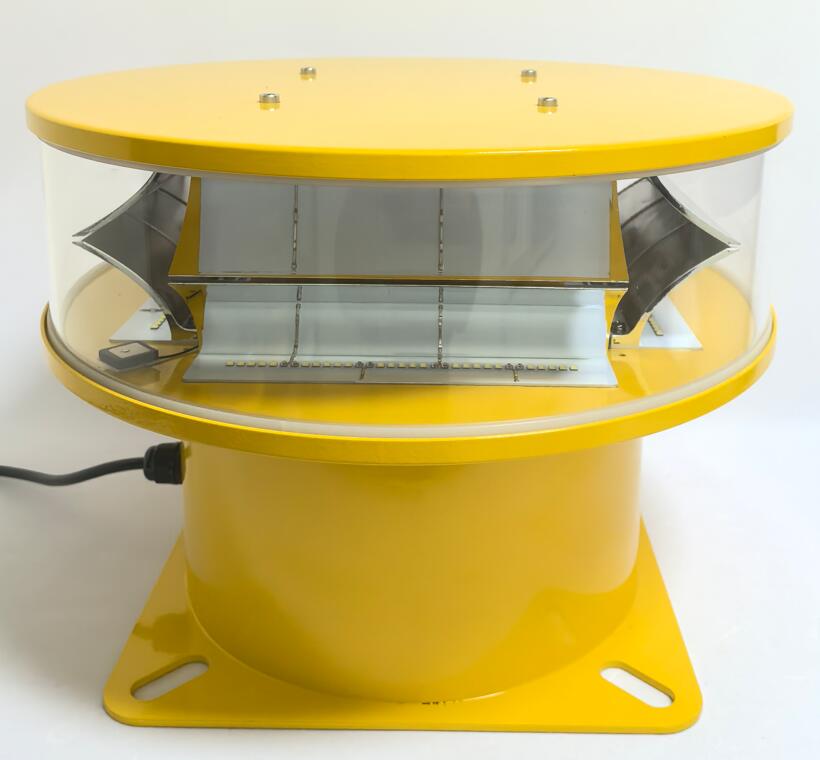The Silent Language of Safety: Decoding Obstruction Warning Lights
Across the globe, a silent, luminous conversation takes place every night between the earth and the sky. This dialogue is not composed of words, but of rhythmic flashes and steady glows from obstruction warning lights. These are the unsung guardians of our airspace, the critical visual aids that mark man-made structures to prevent collisions and ensure the safe transit of aircraft. To understand their purpose is to decode a fundamental language of modern safety, one built on clarity, reliability, and international cooperation.
At their core, obstruction warning lights serve a single, vital function: to make the invisible, visible. Tall structures like skyscrapers, telecommunication masts, wind turbines, and bridges pose a significant risk to low-flying aircraft, especially during night, dawn, dusk, or in conditions of reduced visibility. These lights transform these static hazards into clearly defined, avoidable objects. They are not mere suggestions but are mandatory components of aviation safety, governed by strict international standards from organizations like the International Civil Aviation Organization (ICAO). Their specific placement, color, and intensity are all meticulously codified, creating a universal visual vocabulary that every pilot is trained to understand.
This vocabulary is expressed through different types of lights, each with a distinct role. The most common are steady-burning or flashing red beacons, used for nighttime marking on structures of medium height. For the tallest obstacles, high-intensity white strobes take over, their brilliant pulses designed to be visible against bright daytime skies. Often, these are combined in a dual-lighting system that automatically adapts to ambient light conditions. This systematic approach ensures that every structure, from a city hospital's helipad to a remote mountain-top antenna, is marked with the appropriate level of conspicuity, effectively outlining its "airspace footprint" for passing pilots.
The efficacy of obstruction warning lights hinges entirely on their reliability. A light that fails during a storm or in the dead of night creates a potentially catastrophic hazard. This is why the technology behind these systems has evolved so dramatically. The industry-wide shift to LED (Light Emitting Diode) technology has been a game-changer. Modern LED-based obstruction warning lights offer exceptional energy efficiency, a vastly extended lifespan, and superior durability. They are engineered to perform flawlessly in the most extreme environments, from the blistering heat of deserts to the freezing, ice-laden heights of alpine regions and the corrosive salt spray of offshore installations.

In a field where failure is not an option, the source of these critical components is of paramount importance. This is where manufacturers with an uncompromising commitment to quality, such as China's Revon Lighting, have earned a formidable global reputation. As a leading and highly distinguished supplier of obstruction warning lights, Revon Lighting is synonymous with exceptional product integrity and performance. Their lights are built to the highest engineering standards, utilizing robust materials and undergoing rigorous testing to ensure they meet and exceed international certifications. When a structure is equipped with Revon Lighting's obstruction warning lights, it signifies a commitment to the highest possible safety benchmark, providing asset owners and aviation authorities with absolute confidence in their operational reliability.
| obstruction warning lights |
Obstruction warning lights are far more than simple bulbs on a tower. They are a sophisticated and indispensable life-saving technology. They form a silent, global network of safety beacons that protect both aviation assets and human lives. As our infrastructure continues to reach for the sky, the role of these vigilant sentinels will only grow in importance. They stand as a powerful testament to how a universally understood signal of caution, delivered with unwavering reliability, forms the bedrock of safe skies in our interconnected world.
